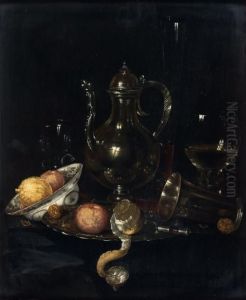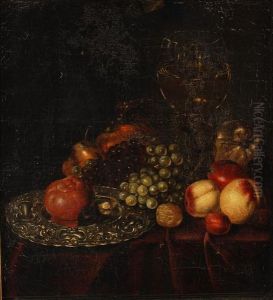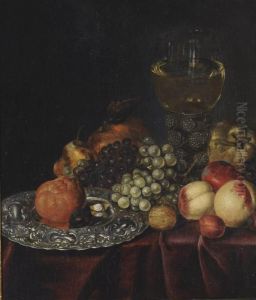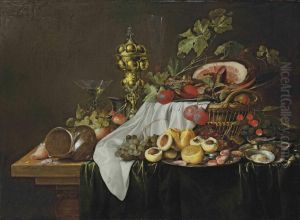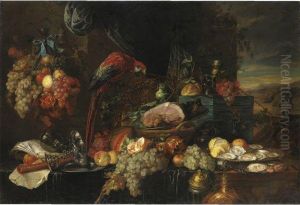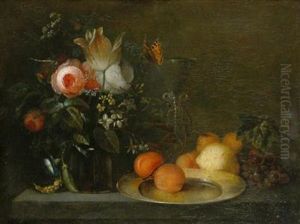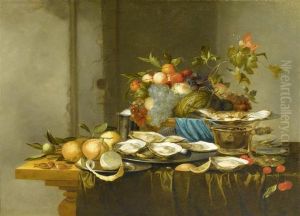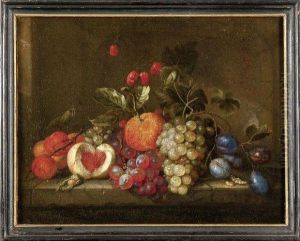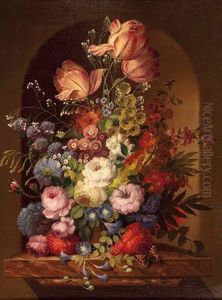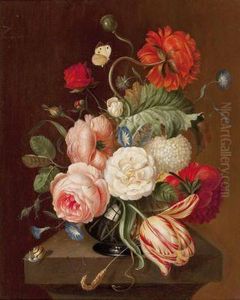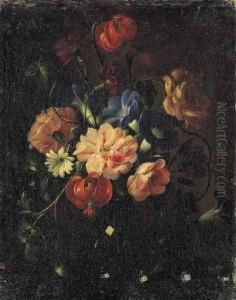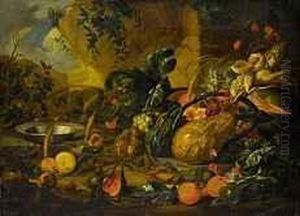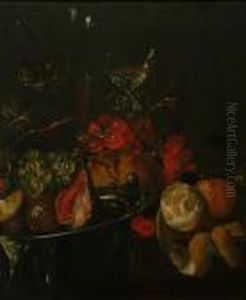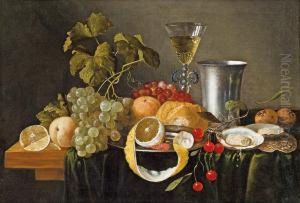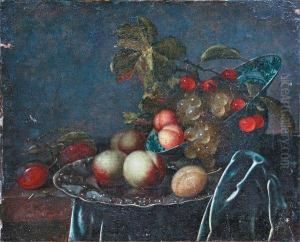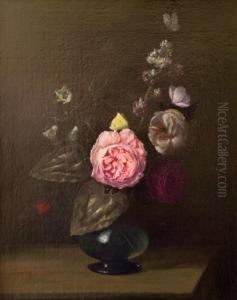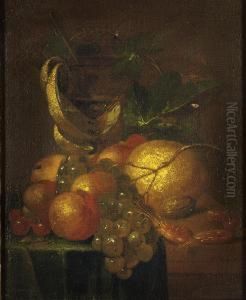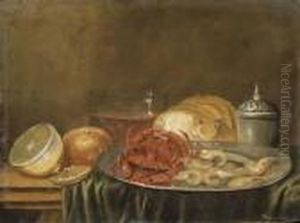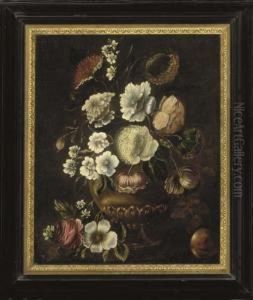Heem De Jan Davidsz & Studio Paintings
Jan Davidsz. de Heem, born in Utrecht, the Netherlands, in 1606, was a prominent Dutch Golden Age painter renowned for his elaborate still lifes. Heem’s work is characterized by its exquisite detail, rich color, and the skillful rendering of light and texture, which bring his compositions to life.
De Heem's family moved to Leiden early in his life, where he was likely first introduced to painting. He was apprenticed to floral still-life painter Balthasar van der Ast. After his apprenticeship, he became a master in the Guild of Saint Luke at Antwerp in 1636, where he spent a significant portion of his life. His works in Antwerp were primarily baroque still lifes that contained a wide array of objects like flowers, fruit, and other objects that reflect the opulence of the time. His works from this period also show the influence of Flemish Baroque, which was dominant in Antwerp.
His paintings are known for their intricate compositions and often included objects with symbolic meanings, such as skulls (vanitas), insects, and fruits. De Heem was very successful in his lifetime, and his works were sought after by wealthy patrons. As he grew older, his sons, particularly Cornelis de Heem, also became accomplished painters and often worked in their father's studio.
Jan Davidsz. de Heem's style evolved over the years, and he is credited with helping to bring the genre of still life to new heights of complexity and sophistication. His works are characterized by a high degree of realism and an outstanding ability to depict materials and surfaces, ranging from the transparency of glass to the velvety surface of peaches.
De Heem’s influence was significant, and his works inspired many artists during his time and well into the future. He lived through a tumultuous period marked by the Thirty Years' War and the Dutch struggle for independence, yet his art often conveyed a sense of timeless order and the enduring beauty of the natural world. He passed away in 1684, leaving behind a legacy that cemented him as one of the leading figures in the Dutch Golden Age of painting.
